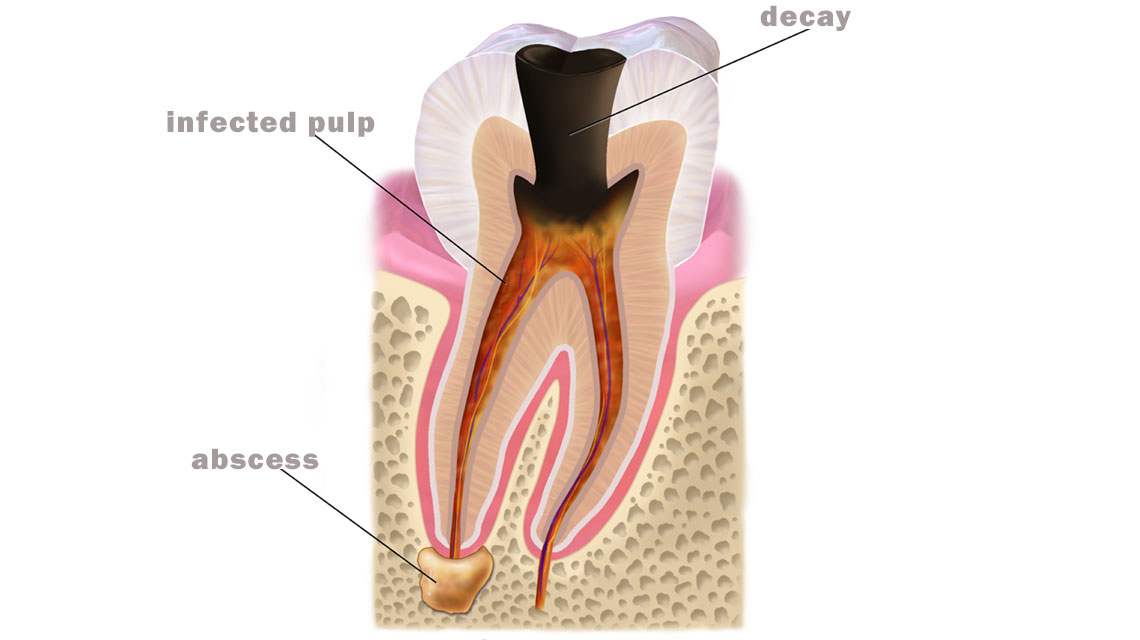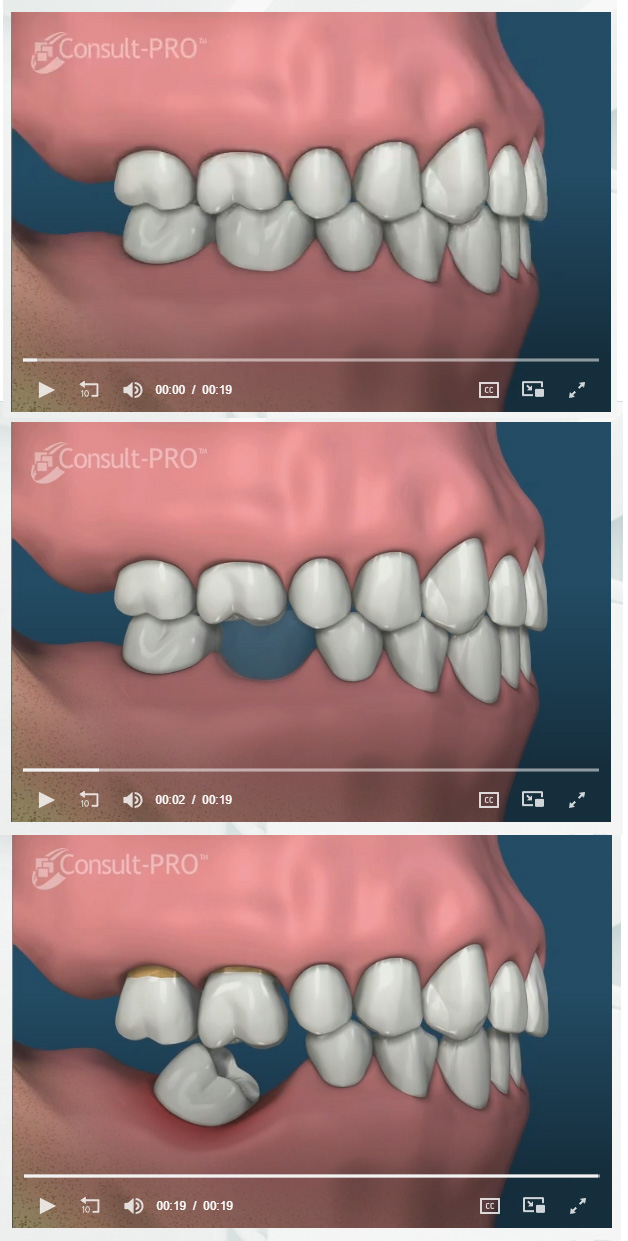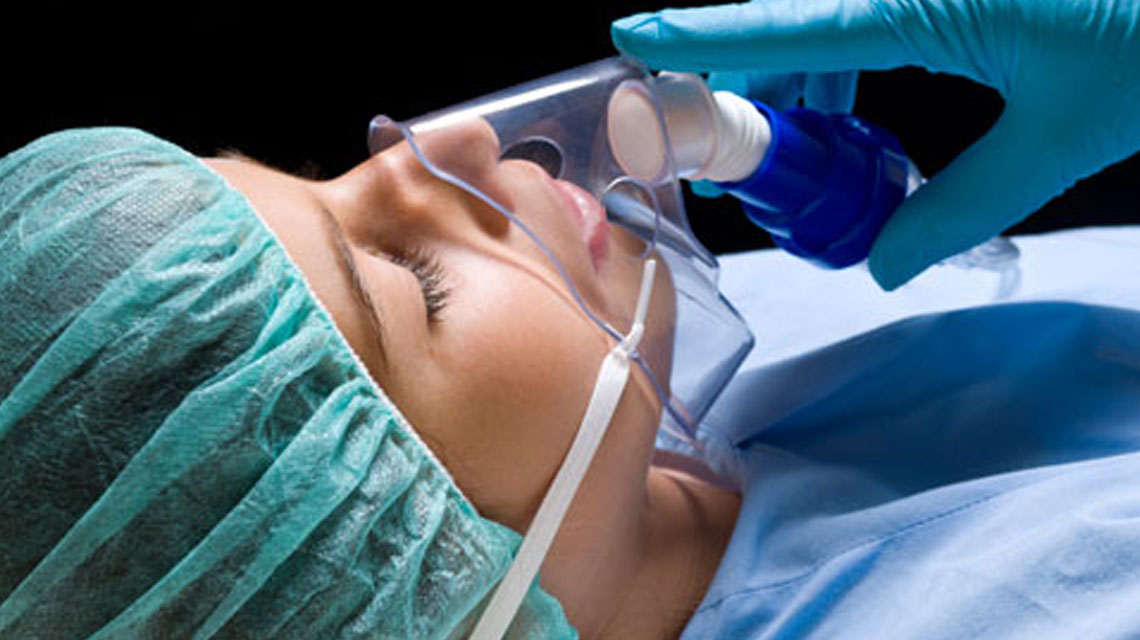No Pain. Safe. Fast. Advanced Technology
tooth extraction
A tooth extraction is a procedure to remove a tooth from the gums, possibly the jawbone, that has decayed when food and bacteria interact to form plaque and tartar. The most common reason for an extraction is to remove decayed teeth, fractured or broken teeth. The procedure may also be used when a tooth cannot erupt fully, to reduce dental crowding, or the risk of infection.
In many cases, implants can be placed at the same time of an extraction –further minimizing the number of surgical procedures. This is known as an immediate implant.

When is a Tooth Extraction Necessary?
The best option is to save teeth with procedures like fillings or when there's nerve damage a root canal can be performed. But when decay extends deep under the gum, the tooth is cracked, severe periodontal disease is present, or a tooth infection cannot be resolved a tooth extraction is recommended as the best option.

Removal
In most cases, the removal of teeth is performed under local anesthesia, IV sedation or general anesthesia. These options, as well as the possible surgical risks, will be discussed with you before the procedure is performed.
Please read the information below to make sure you are ready for surgery by following oral surgeon instructions to prepare for IV sedation or deep sedation.
If you have any questions, please call our Advanced Scarsdale Oral Surgery department before your appointment: 914-874-5757
Once the teeth are removed, the gum is sutured. To help control bleeding, gauze is placed in your mouth.
You will rest under our supervision in the office until you are ready to be taken home. Upon discharge, your postoperative kit will include postoperative instructions, a prescription for pain medication, antibiotics, and a follow-up appointment in one week.
Upon discharge, your postoperative kit will include postoperative instructions, a prescription for pain medication, antibiotics, and a follow-up appointment in one week.
How to prepare for Oral Surgery
Should I replace the missing tooth?
After a tooth is extracted, other teeth will slowly shift into the empty space. The movement is very slow and can take a year or more to notice. Upper teeth will erupt downwards to fill the gap and teeth on either side may lean inwards to take up the space. A dental implant is generally recommended as the best option to replace a missing tooth. Usually, a dentist will wait four months for the bone to fill in before placing a dental implant. But sometimes the implants can be placed immediately on the same day as the extraction. A dentist may also recommend a bone grafting at the time of the extraction, to facilitate future implant placement.
Bone graft benefits
In addition to preventing or mitigating bone loss associated with tooth extraction
Helps to ensure good underlying bone support, should a patient choose to replace a lost tooth with a dental implant at some point in the future.
Bone grafting may highly improve the appearance and usefulness of implants, dentures and crowns that are needed
read more
No Pain. Safe. Fast. Advanced Technology
Are tooth extractions painful?
A tooth extraction will get you out of pain. Usually, a tooth extraction is a completely painless procedure. You're completely numb, so there's no pain during the procedure, only some pressure is felt. Contrary to popular belief dentists do not actually "pull teeth." The tooth is gently nudged with pressure, the ligaments holding the tooth in place give up and the tooth comes out atraumatically.

How much Pain is there after a Tooth extraction?
Most people have minimal discomfort following the procedure. Every person is unique, therefore everyone responds differently to a tooth extraction. Since the bone supporting upper wisdom teeth is soft, there's generally minimal discomfort associated with an upper wisdom tooth extraction. The bone supporting lower wisdom teeth is very dense and it is common for people to experience some pain and discomfort for a day or two following lower wisdom tooth extraction. Pain medications will be provided to alleviate some of the discomfort associated with a tooth extraction. You can print POST OPERATIVE INSTRUCTIONS

Will there be a hole after the extraction?
The gums will heal in just a few weeks to cover the extraction socket. There may be an unusual sensation in the beginning, but that sensation goes away in just a few days. Aftercare instructions following a tooth extraction We recommend to stick to a soft diet following a tooth extraction and to work your way up. Most importantly for the first 24 hours do NOT spit, smoke, or use a straw while drinking. For the first 24-48 hours the blood clott forming is extremely fragile. Putting pressure on the clott by forcefully spitting, using a straw to drink, or smoking can displace a blood clott. This is called a dry socket and it can be very painful. If you're having pain 3 days or more following a tooth extraction please see a dentist. A dry socket is easily treated by placing a medicated dressing over the extraction socket which all the pain and discomfort.